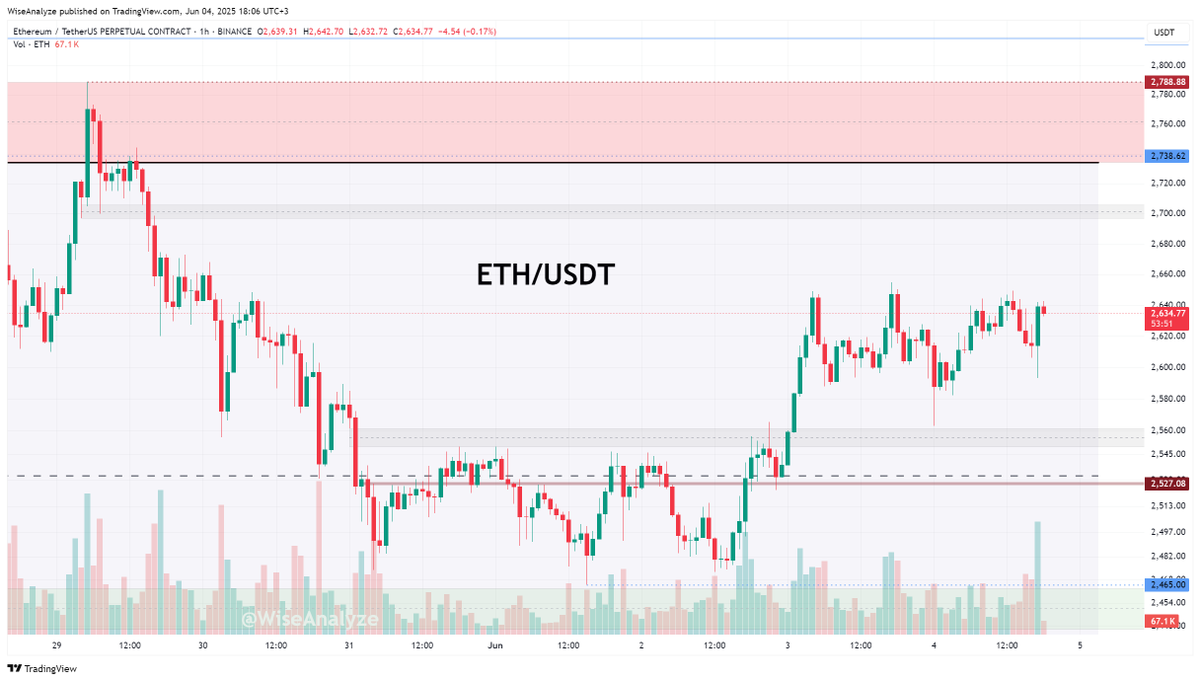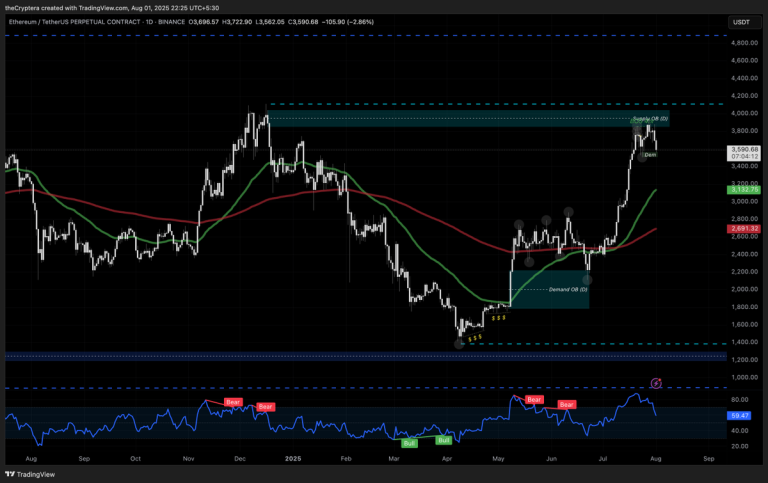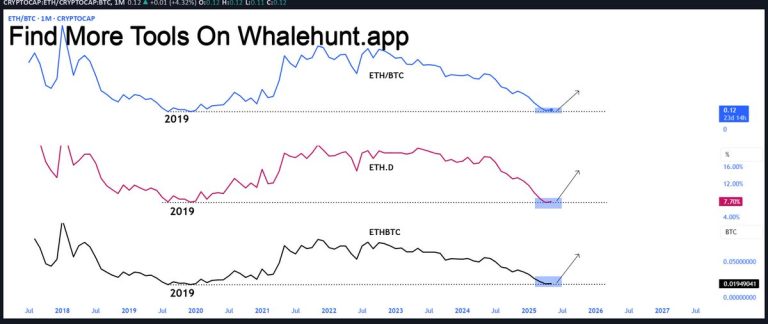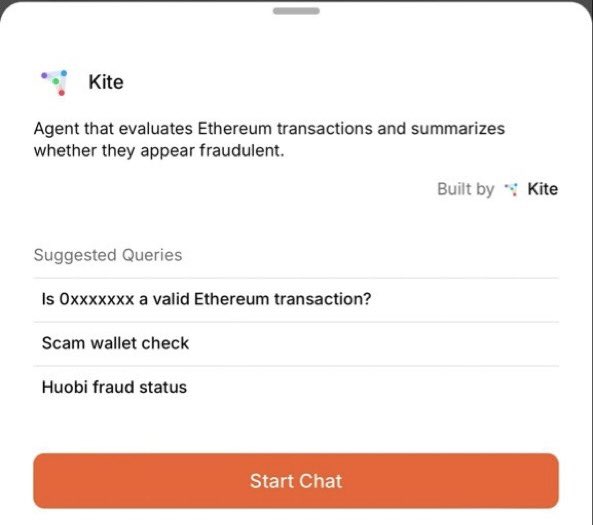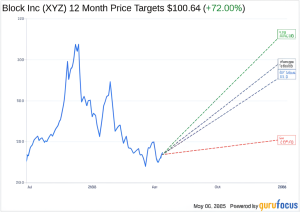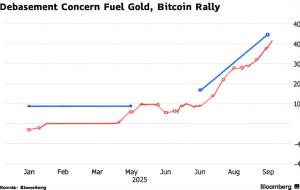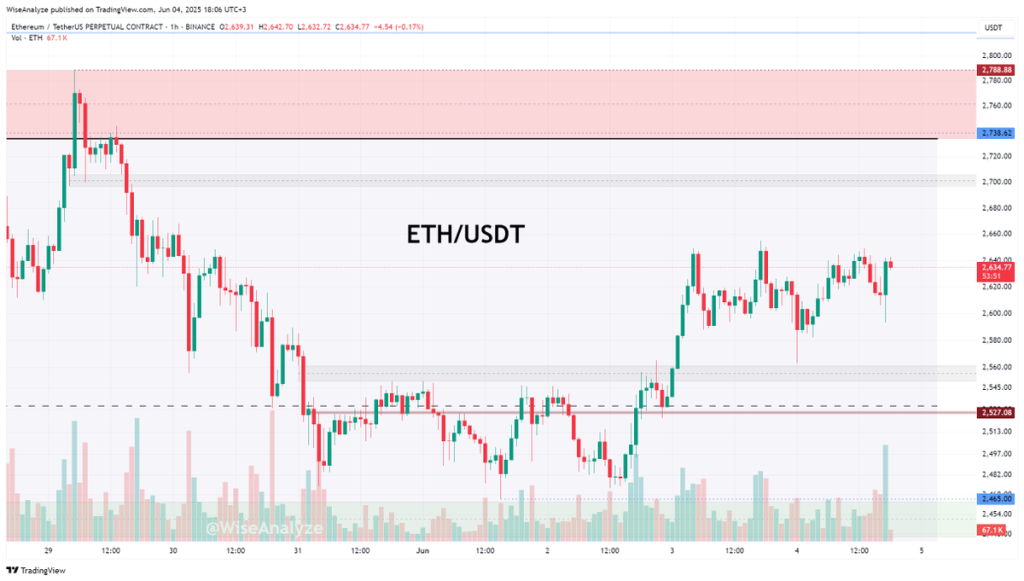
Ethereum’s Current Landscape: Momentum, Risks, and Innovations
Ethereum’s presence in the crypto sphere has been nothing short of dynamic, and recent developments cast it into a mix of bullish momentum, emerging technical concerns, and innovative progress. To understand where Ethereum stands today and where it might be heading, let’s unpack the various strands shaping its narrative as of early June 2025.
Riding the Bullish Wave: Market Sentiment and Price Action
The latest 1-hour trading sessions for Ethereum suggest a bullish trend that has traders eyeing long positions. Insights from seasoned traders, such as Zen (@WiseAnalyze), indicate that Ethereum closed on very optimistic notes, with strong near-term bullish targets in sight. Notably, Ethereum’s price dipped to a key support zone recently, which many involved investors identified as a buying opportunity. This contrasts with Bitcoin, which appears less bullish at the moment—a phenomenon often called “Ethereum outperforming Bitcoin.”
Key technical targets mentioned include a breakout range around $2,698 to $2,711 in the short term, with a subsequent target aligning with the monthly 20-day simple moving average (20-SMA) hovering near $2,800. This level is further bolstered by a weekly order block, enhancing its significance as a resistance-turned-support level if breached.
The implication is that Ethereum’s price action might be entering a phase where buyers are gaining control, setting the stage for a potential upswing. For traders and investors, these signals are crucial since they point to tactical entry points and profit-taking levels based on historical price behavior and technical analysis patterns.
Beneath the Surface: The RANDAO Forking Attack Threat
While the market excitement builds, Ethereum’s foundational technology is grappling with subtle threats that can destabilize trust and the network’s reliability. Enter the RANDAO forking attack, an exploit rigorously analyzed by experts like István A. Seres from Eötvös University. This attack targets Ethereum’s RANDAO—a protocol component used to generate randomness critical for validator selection and consensus mechanisms in Ethereum’s proof-of-stake (PoS) environment.
In essence, the RANDAO forking attack involves an attacker selectively forking blocks to gain an unfair edge. By doing so, they can manipulate the random beacon outputs that Ethereum relies on, potentially undermining the fairness embedded in the validator shuffle and slot assignments. Unlike regular forks used to resolve network disagreements, this strategic forking aims for profit, making it more insidious.
This threat is alarming because randomness generation is the backbone of many blockchain security guarantees—especially around unpredictability and impartial lottery selection for block proposers and validators. If an attacker can tilt these odds consistently, the integrity and decentralization of Ethereum’s PoS consensus could face systemic risks. Moreover, the attack could exacerbate network instability, reduce validator participation, and shake confidence among users and institutional stakeholders.
The academic and engineering communities are racing to analyze the severity of this issue. Comparatively, this attack carries more dangerous implications than previously known RANDAO vulnerabilities, demanding new mitigation strategies or protocol upgrades.
Speeding Up Innovation: No-Code and Low-Code Tools for Ethereum Development
On a more optimistic front, Ethereum’s ecosystem is thriving not only from a market standpoint but also through rapid innovation aimed at expanding network utility. One standout is EnsoBuild, a no-code and low-code development platform that promises to “speedrun” Ethereum application creation by removing boilerplate coding and enabling faster automation and analytics.
This emergence is significant for multiple reasons. Firstly, it opens the gates for non-expert developers to contribute meaningfully to decentralized finance (DeFi), decentralized exchanges (DEX), Web3 platforms, and smart contracts. Such democratization of development tools could accelerate Ethereum’s network effects by bringing in a broader range of creators and entrepreneurs.
Secondly, by simplifying the technical friction traditionally associated with blockchain development, products like EnsoBuild improve time-to-market for novel dApps and features. This agility is crucial in the hyper-competitive and fast-evolving crypto environment, where new protocols and applications vie aggressively for user attention and liquidity.
Lastly, these tools underscore a cultural shift. As the blockchain space matures beyond niche coders and hardcore cryptographers, more accessible technology fosters a vibrant, diverse developer base. This can only enrich Ethereum’s ecosystem, leading to novel applications, enhanced user experiences, and broader adoption.
Synthesizing Market Dynamics, Risks, and Progress
Pulling these threads together provides a multi-dimensional picture of Ethereum today: it rides a wave of bullish market momentum, faces technical risks that threaten protocol fairness, and benefits from technological progress making the ecosystem more accessible and developer-friendly.
For traders and investors, the takeaways are clear: Ethereum’s current market strength offers opportunities, yet awareness of underlying protocol risks like the RANDAO forking attack is prudent. Balancing risk and reward remains the name of the game.
For the Ethereum community and developers, the path forward entails addressing these vulnerabilities proactively, possibly through coordinated updates and enhanced security frameworks. At the same time, nurturing innovations such as EnsoBuild and related platforms will propel Ethereum’s utility and mainstream appeal.
—
Looking Ahead: Ethereum’s Dual Challenge and Promise
Ethereum’s journey is emblematic of broader blockchain challenges: balancing sophisticated protocol improvements with ever-growing user and developer demand. The protocol’s success hinges on maintaining trust through security and fairness while fostering innovation that lowers barriers and energizes participation.
The RANDAO forking attack is a cautionary reminder that even with extensive research and development, no system is impervious to exploitation. However, the vibrant ecosystem and scholarly attention dedicated to these problems inspire confidence in Ethereum’s resilience.
Simultaneously, tools radically simplifying smart contract deployment reflect a paradigm shift, positioning Ethereum not just as a blockchain but as a platform for creativity and widespread experimentation.
As Ethereum negotiates this complex terrain, one thing is clear: it remains a leading beacon in the crypto world, navigating the delicate dance between innovation, security, and market dynamics. How it adapts to these challenges will shape the future not only of itself but the entire decentralized landscape.
—
Sources
– Twitter insights from Zen (@WiseAnalyze) on Ethereum price and technical analysis:
https://twitter.com/WiseAnalyze/status/1665803027045440513
https://twitter.com/WiseAnalyze/status/1665821011135897088
– István A. Seres on Ethereum’s RANDAO forking attack:
https://twitter.com/protocol_berg/status/1665832311659539457
– EnsoBuild platform announcement and developer tools info:
https://twitter.com/SueMiller127055/status/1665818907864896768

